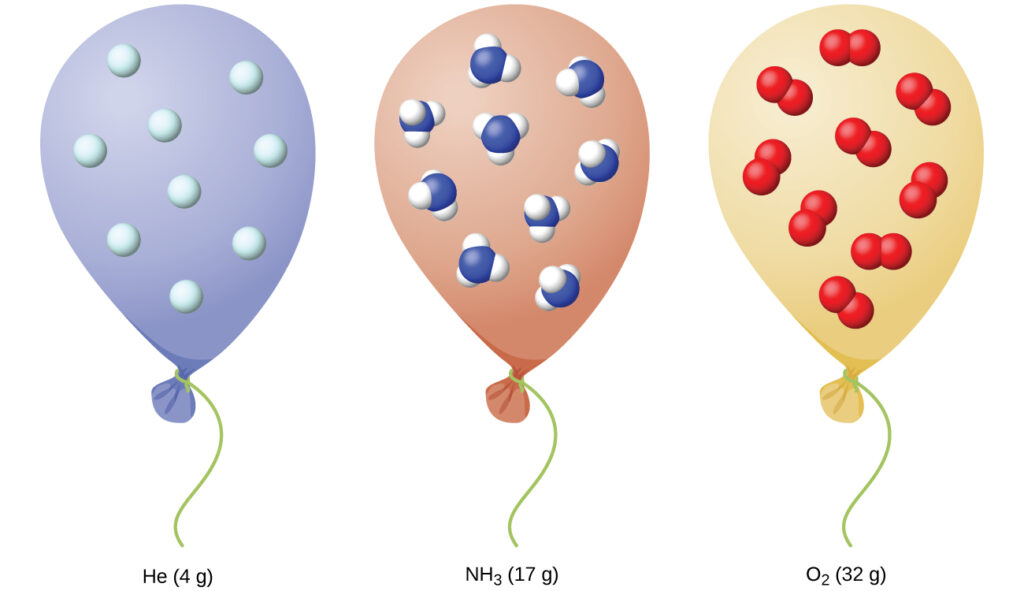We have seen that the volume of a given quantity of gas and the number of molecules (moles) in a given volume of gas vary with changes in pressure and temperature. In order to consistently describe chemical reactions, chemists have defined a set of standard conditions that can be conveniently referred to when making calculations or looking up data in a table (most data tables will provide values under a set of standard conditions).
Since the study of gases has been ongoing for hundreds of years, there are many competing “standards” definitions. In our first-year courses, we will primarily use two:
Standard State
Standard state is a reference point for a material used in thermodynamic studies. For gases as well as pure liquids and solids, this is a pressure of 1 bar. For solutions (as you will see when studying electrochemistry), this is a concentration of exactly 1 M. Quantities measured at standard state are usually noted with a ° symbol, for example ΔH°.
Technically, temperature is not defined in the standard state and must be included in any reported standard-state values, although it is most commonly reported at 298.15 K (25 °C). This is distinct from Standard Temperature and Pressure for gases, below.
Standard Temperature and Pressure (STP)
Standard Temperature and Pressure (STP) is a convenient reference for studying gases, since it includes both a standard pressure and temperature. It is defined as:
- A pressure of exactly 1 bar
- A temperature of exactly 0 °C (273.15 K)

Whenever you are given a problem to consider, there should be a reference to the conditions – either explicitly (“at 22.1 °C and 1.10 bar”) or by name (“measured at STP”). If a reference to conditions is forgotten, it is usual to assume a standard set of conditions (either STP for gases, or standard state at 25°C for aqueous chemistry). If you need to make an assumption, make sure to state clearly which parameters you are “filling in”, in case your idea was different than the question author.